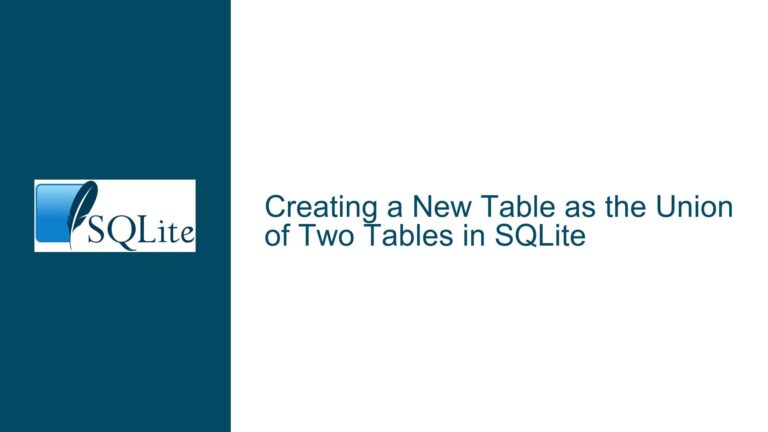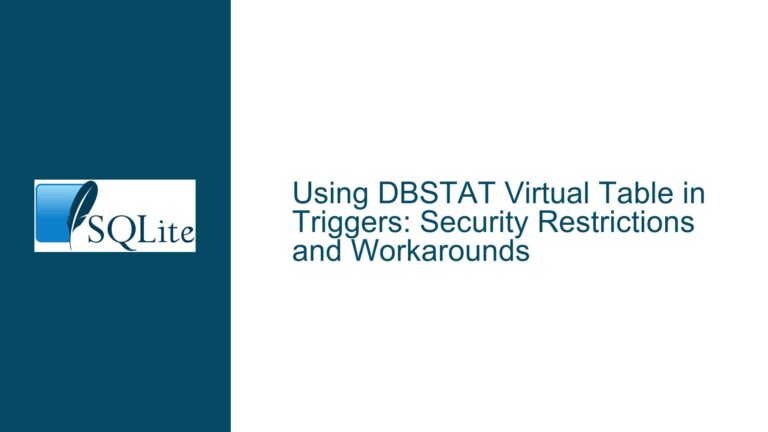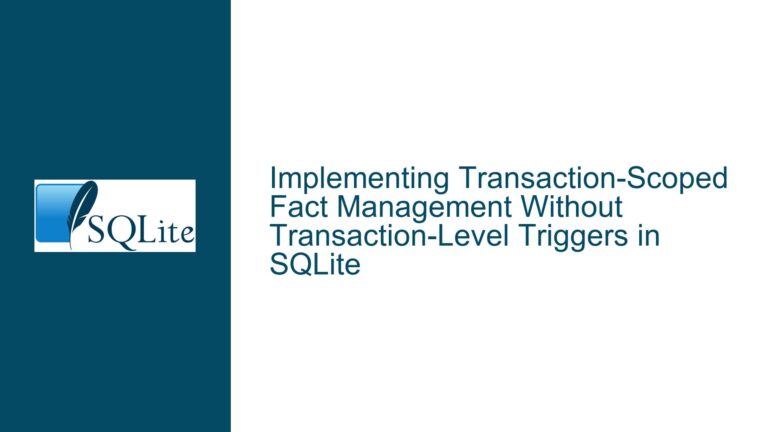SQLite Read-Only Access: Chrome History Database Lock Resolution
Understanding SQLite Database Exclusive Locking in Browser Environments SQLite databases serve as the backbone for many browser-based storage solutions, with Chrome’s History being a prime example of this implementation. The database engine employs a robust locking mechanism that can create access conflicts when multiple processes attempt to interact with the same database file. In Chrome’s…









